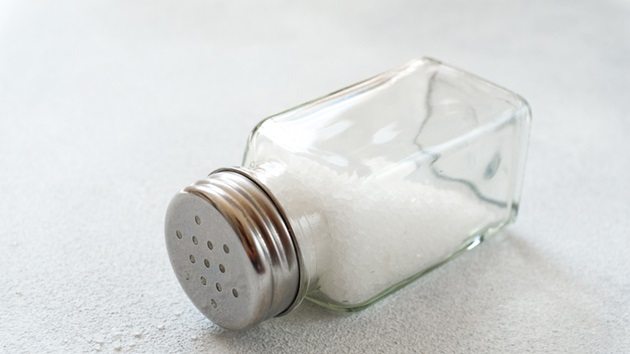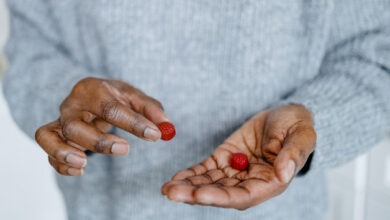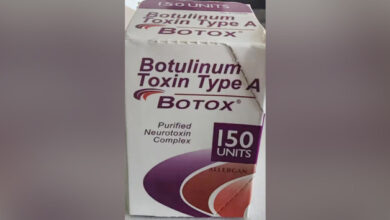Doctor explains new study on salt substitutes, plus swaps to decrease sodium

(NEW YORK) — A new study evaluating older adults with a high risk of heart attacks or strokes has found that salt substitutions may be linked to a lower risk of death, specifically from heart disease and stroke.
The study was a meta-analysis of several studies primarily based in Asia, where experts say cuisine and food culture likely make it easier to use salt substitutes. Here in the U.S., people get roughly 70% of their sodium intake from packaged and prepared foods — not from table salt that’s added to food when cooking, according to the American Heart Association.
Still, experts say the findings, published Tuesday in the journal Annals of Internal Medicine, could act as a helpful reminder about excess sodium content, and help people explore possible alternatives.
“The average American eats 3,400 milligrams of salt [per day]. The recommended amount is about 2,300 milligrams [per day],” ABC News medical correspondent Dr. Darien Sutton explained, citing the American Heart Association, which also encourages “an ideal limit of no more than 1,500 mg per day for most adults, especially for those with high blood pressure.”
“More than 97% of people don’t know how much — or underestimate how much — sodium is in their diet,” Sutton said.
Diets high in sodium result in more than 2 million deaths around the world each year, according to the World Heath Organization.
Not all adults have an urgent medical need to replace salt in their diet. The new study was specific to people who have a higher risk of heart attacks and strokes. People with an elevated risk should talk to their doctor about ways to reduce salt in their diets. And the first step is often looking at the label on any packaged food.
For example, Sutton pointed to a bowl of Doritos tortilla chips, saying that just 12 contain “about 200 milligrams” of sodium.
“If you look at the actual bag, there’s 15 servings in one of those regular bags,” he said. “That equates to more than 3,000 milligrams of sodium. You have to make sure that you’re mindful of your sodium, and the majority of it comes from processed food.”
One recommendation Sutton shared is to “eat regular today, categorize or quantify how much sodium you are having and then, at the end of the day, figure out how to do better.”
Additionally, he suggested being smart with nutritious ways to add flavor in lieu of salt.
“Most of the time if you remove the sodium from our food, most people won’t recognize it, especially if you add other [ingredients],” he said suggesting substitutes such as paprika, ground pepper, onion powder, cinnamon, ginger or garlic.
This week’s analysis laid out what many already know, Sutton said, which is that salt can harm our health.
“This was a meta analysis which involved a lot of different studies at once, looking at older populations in Asia, specifically who were at higher risk. And it found that reducing sodium for six months significantly reduced risk of heart disease, stroke and kidney disease,” Sutton said. “You have to make sure you watch your sodium to help reduce your risk and improve your quality of life when you get older.”
When it comes to adjusting one’s salt intake, Sutton advised tracking how much you’ve had by writing it down and adding in more nutritional options.
“Potassium can help blunt the effect of sodium in our body, helping us manage our blood pressure,” he said. “So, leafy greens, bananas, sweet potatoes, you want to add these products, have less processed foods and be mindful of your sodium.”
ABC News’ Sony Salzman contributed to this report.
Copyright © 2024, ABC Audio. All rights reserved.






